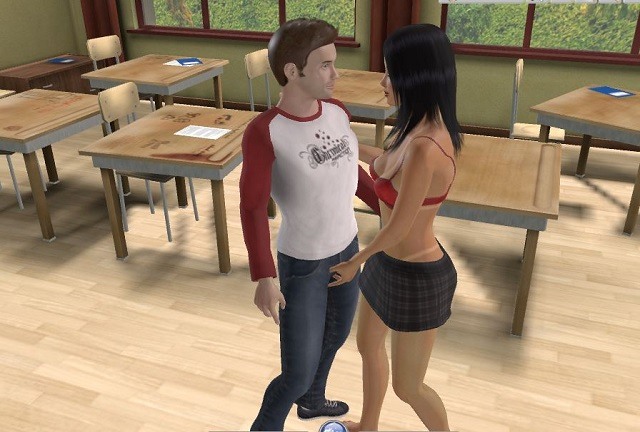
With the abundance of novel conceptual and technical applications in this fast developing field, we re-consider limitations and constraints of using CA and VR, and discuss the utility of these methods, and the type of questions they may be able to address in animal behavior and related disciplines (see also Powell and Rosenthal 2017). Even though we focus on CA and VR, many considerations discussed below also apply to the use of video playback in animal behavior experiments. We also offer recommendations for avoiding pitfalls, as well as some future research opportunities that these techniques provide (see also Rosenthal 2000 Baldauf et al.

2000), here we bring together researchers with varied backgrounds in animal behavior, experimental psychology, and animal visual systems to discuss and build consensus on the design and presentation of CA and VR. Stimulated by the symposium on “Virtual Reality” at the Behaviour 2015 conference in Cairns, Australia, and inspired by a workshop consensus article on considerations for video playback design ( Oliveira et al. Here, we aim to address these difficulties and to discuss technical and conceptual considerations for the use of animated stimuli to study animal behavior. This may be due to technical and methodological hurdles in using computer graphics in behavioral research.

Yet, despite the demonstrated achievements of these techniques over the last few decades and their promise for behavioral research, relatively few researchers have adopted these methods (see Supplementary Table S1). Finally, CA and VR allow “replacement” and “reduction” of animals used for experimentation, as well as “refinement” of experimental design, which is important for both practical and ethical reasons and thus addressing the requirements of the “3Rs” ( Russel and Burch 1959 ASAB 2014). With CA and VR, researchers can further allow stimuli to be shaped by evolutionary algorithms and create entire virtual environments ( Ioannou et al. 1999), to present novel phenotypes (e.g., Witte and Klink 2005), or to vary group composition or behavior (e.g., Ioannou et al.

It is also possible to present phenotypes of animals that are encountered only very rarely in the wild (e.g., Schlupp et al. In contrast, researchers can use CA and VR to create visual stimuli with single traits or trait combinations that are difficult or impossible to achieve using live animals without surgical or other manipulations. Historically, researchers have tried to isolate the specific cues that trigger a behavioral response, but this is difficult to accomplish with live stimuli or in an uncontrolled environment ( Rowland 1999). They afford numerous opportunities for testing the role of visual stimuli in many research fields where manipulation of visual signals and cues is a common and fruitful approach ( Espmark et al. CA and VR are powerful alternatives to live or real-world stimuli because they allow a broader range of visual stimuli together with standardization and repeatability of stimulus presentation. VRs are also computer-generated stimuli but are rendered in real-time and display perspective-correct views of a 3D scene, in response to the behavior of the observer.
#3d sex villa 2 render options full
CAs are computer graphically generated stimuli which, in contrast to video playback, allow full control of stimulus attributes and can be pre-rendered or rendered in real-time. Recent advances in the technical development of computer animations (CA s ) and virtual reality (VR) systems in computer sciences and film have primed the technologies for adoption by behavioral researchers with a variety of interests. CA and VR allow both new behavioral questions to be addressed and existing questions to be addressed in new ways, thus we expect a rich future for these methods in both ultimate and proximate studies of animal behavior. Although our review is geared toward computer-graphically designed stimuli, considerations on presentation and validation also apply to video playbacks. Following the steps required to create an animated stimulus, we discuss (I) the creation, (II) the presentation, and (III) the validation of CAs and VRs.

In this review, we offer guidelines for common technical and conceptual considerations related to the use of animated stimuli in animal behavior research. However, appropriate use of these technologies raises conceptual and technical questions. Animated stimuli are powerful tools as they offer standardization, repeatability, and complete control over the stimulus presented, thereby “reducing” and “replacing” the animals used, and “refining” the experimental design in line with the 3Rs. Rapid technical advances in the field of computer animation (CA) and virtual reality (VR) have opened new avenues in animal behavior research.


 0 kommentar(er)
0 kommentar(er)
